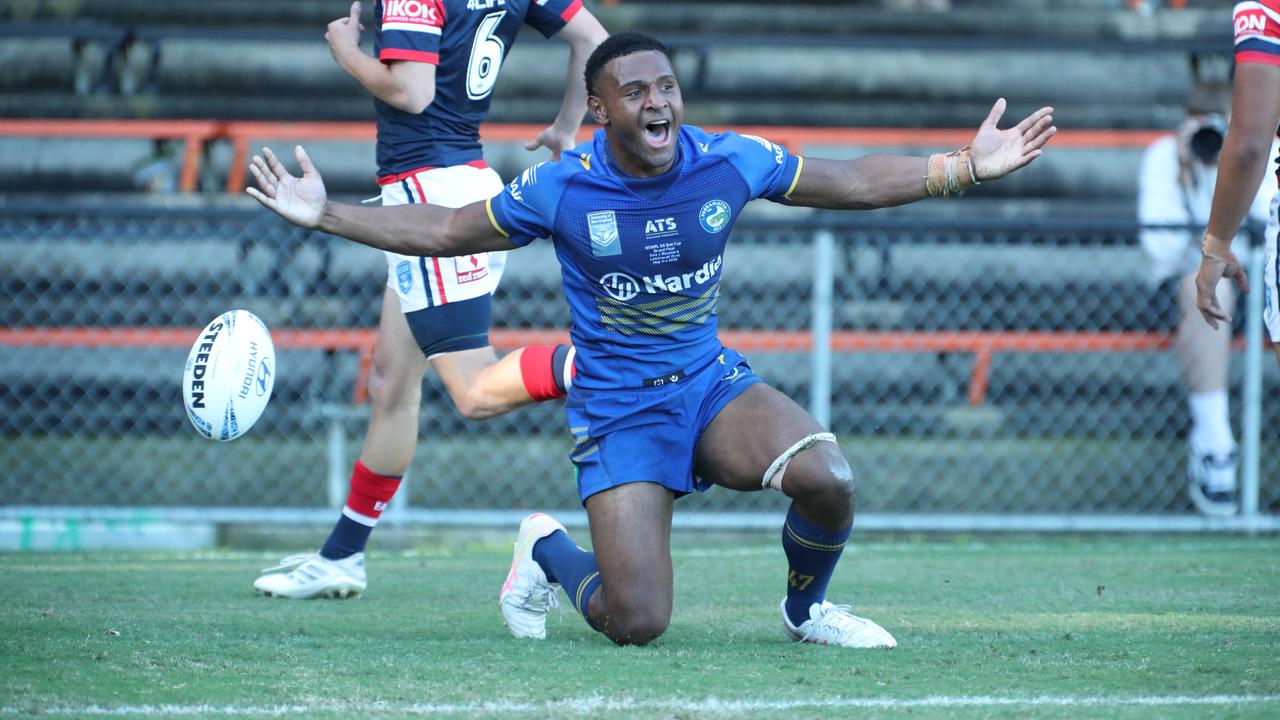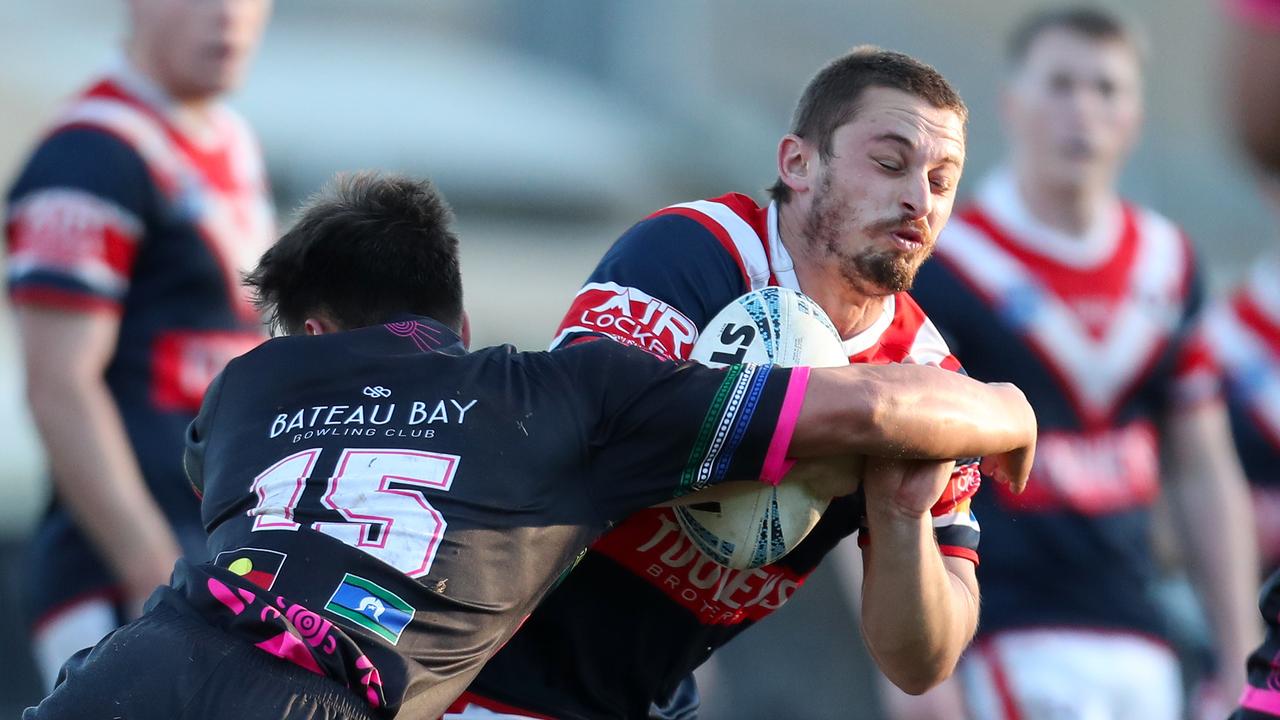‘Player safety at risk’: East Campbelltown Eagles RL club argues against AIS stand down proposal
As research into concussion in sport continues to evolve, one rugby league club in Sydney’s south west refuses to comply with a new policy proposed by the Australian Institute of Sport. FULL STORY
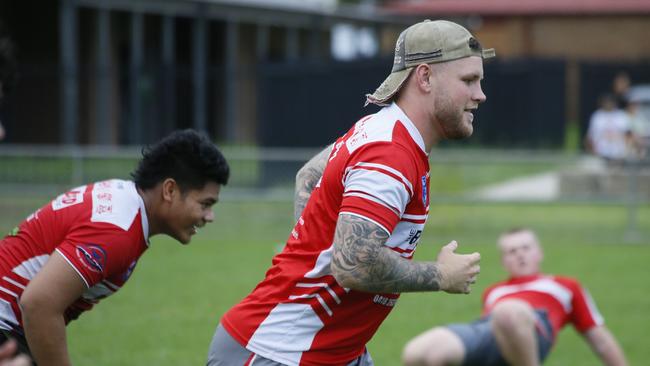
Local Sport
Don't miss out on the headlines from Local Sport. Followed categories will be added to My News.
Revelations of a radical new policy proposed to protect athletes in community sport from the effects of concussion have fallen on deaf ears for one rugby league club in Sydney’s south west.
With more than 650 registered players from under-6s to seniors, East Campbelltown Eagles rugby league club remains satisfied to operate under current NSW Rugby League protocols.
As a former player and coach with more than 30 years in the game, Eagles president Daniel Draper has seen his fair share of concussion incidents.
“As it stands now, the current process for a player diagnosed with concussion is a mandatory 10-day stand down with return subject to a doctor’s clearance,” Draper said.
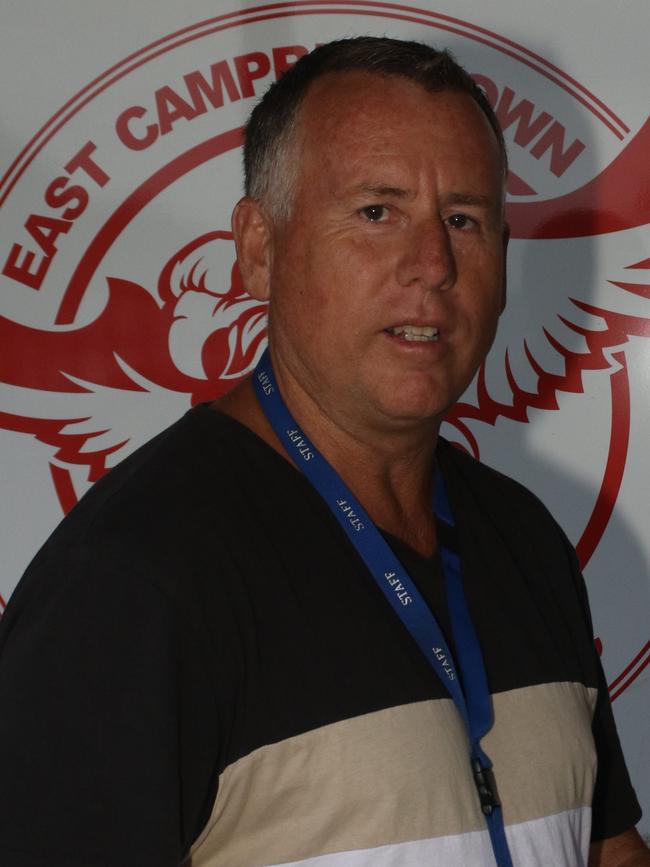
In a wide-ranging report following the outcomes of last year’s senate inquiry into head trauma in Australian sport, the proposal includes a mandatory three-week stand down for anyone showing symptoms of concussion, and the potential for athletes with multiple concussions to sit out an entire season.
Unveiled to coincide with the return of school sport across the country, as well as the start of pre-season for various football codes and winter sports, the guidelines have been endorsed by various medical boards and a number of major sporting bodies.
However, the guidelines are not mandatory and with a premise to err on the side of caution, a number of major sports including the NRL have not endorsed them.
As a major sporting hub for young families, East Campbelltown’s lengthy list of teams includes those in women’s competitions and two semi-professional grades in the senior men’s.
For Draper, while the intentions of the AIS policy are clear, he believes it provides scope for additional risk.
“Not everyone with dementia has played contact sports, so I am concerned there is an element of fear behind the decision to err on the side of caution,” Draper said.
“The danger with being over cautious could lead to players failing to report incidents for fear of missing an excessive amount of matches.
“While at the other end of the scale, if a large number of players are sidelined, those playing as cover pose another risk if they are not physically ready for the rise in standard.”
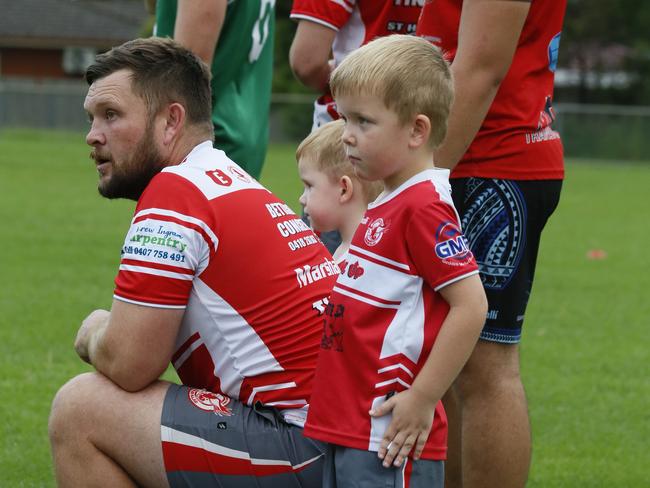
The potential to gloss over an incident is one shared by Eagles first grader Baden Stewart.
As a hooker defending in the line of fire, the 24-year-old missed a round last season under the current protocols.
“At our level of competition it’s not mandatory to have a doctor at the game, so often it’s left to the trainers to make a call on whether a player is suffering the effects of concussion,” Stewart said.
“It puts a lot of pressure on them and players. There are some boys earning decent match payments and if the prospect of extended time out of the game reduces their income, then I wouldn’t be surprised to hear head knocks being covered up.
“Further to that, if there’s more research information available then clubs and players need to hear about it.
“Ideally, it would be great if the league organised more education on the symptoms and treatment of head injuries.”
While debate surrounding the AIS proposal is set to ramp up, Draper reflected on the advances in the modern game and its alluring attributes.
“My son is still playing and my grandkids play now,” he said.
“The game is far safer now than when I started out.
“Players love the physical contact and mateship. It’s why they play the game.”



